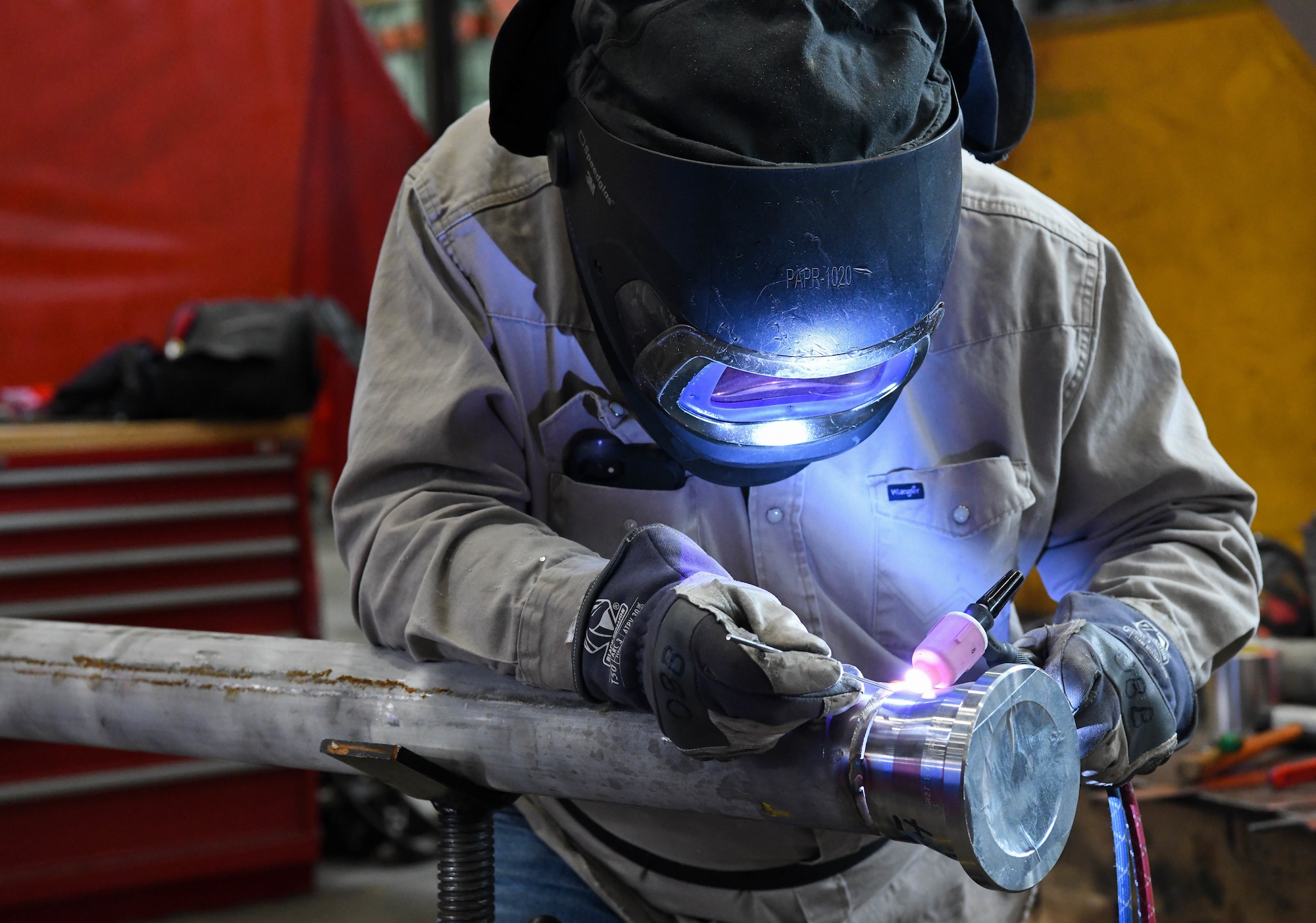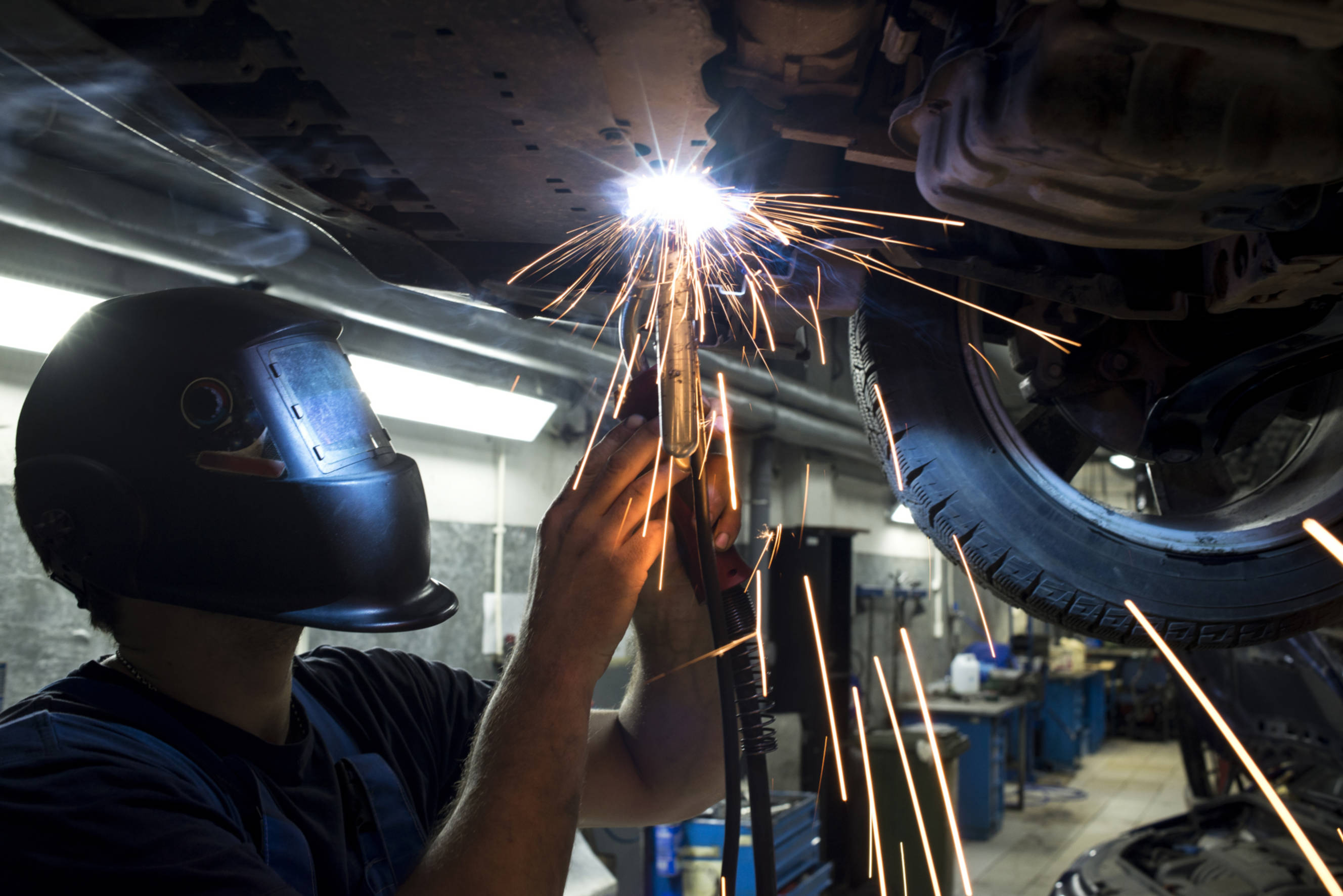Reliable fixes for poor fusion from Montana Mobile Welding and Repair
Common Welding Repair Service Issues and How to Address Them Efficiently
Welding repair work commonly come across a variety of issues that can threaten the honesty of the end product. Typical issues include insufficient penetration, porosity, and misalignment, to name a few. Each issue offers one-of-a-kind difficulties that require details techniques for resolution. Recognizing these concerns is necessary for welders intending to boost their outcomes and abilities. This discussion will discover these common welding repair work concerns and efficient methods to address them.
Insufficient Infiltration
Poor penetration occurs when the weld metal stops working to completely fuse with the base product, resulting in weak joints and prospective architectural failings. This concern typically originates from insufficient heat input, inaccurate electrode angle, or improper welding speed. Welders may experience inadequate infiltration because of a miscalculation of the essential specifications for a specific material density or type. Furthermore, contamination on the base product's surface can prevent efficient bonding, exacerbating the trouble. To resolve poor infiltration, welders need to assure appropriate settings on their equipment and maintain a tidy work surface area. Normal inspection of welds is advised to recognize any type of deficiencies early, enabling timely adjustments and the avoidance of endangered architectural honesty in bonded settings up.
Porosity
Porosity is an usual flaw in bonded joints that manifests as small gas bubbles trapped within the weld steel. This defect can jeopardize the integrity of the weld, bring about reduced stamina and possible failing under stress and anxiety. Montana Mobile Welding and Repair Belgrade. Porosity usually arises from contamination, dampness, or inappropriate welding strategies, which permit gases to run away into the liquified weld pool. To attend to porosity, welders need to assure proper surface area preparation, preserve a tidy functioning setting, and use ideal welding parameters. In addition, picking the appropriate filler product and securing gas can alleviate gas entrapment. Regular evaluation and testing of welds can help recognize porosity early, ensuring prompt restorative actions are taken, thus protecting the high quality and integrity of the bonded framework
Imbalance
Misalignment in welding can arise from numerous variables, consisting of incorrect arrangement and thermal development. Understanding the source is crucial for efficient resolution. A number of modification methods are offered to realign components and assure architectural honesty.
Reasons for Misalignment
Welding imbalance usually comes from a selection of underlying problems that can jeopardize structural honesty. One main cause is improper fit-up of parts before welding, which can bring about gaps and irregular surfaces. Variations in thermal development during the welding process can additionally result in distortion, especially if the products being joined have different coefficients of growth. Additionally, poor securing and fixturing might stop working to hold elements securely in location, causing movement throughout welding. Poorly conserved devices, including welding makers and devices, may present inconsistencies in the weld grain, additional adding to imbalance. Driver mistake, stemming from not enough training or experience, can also play a considerable function in developing misaligned welds.

Modification Techniques Readily Available
Addressing misalignment efficiently requires a combination of corrective techniques tailored to the certain concerns available. One common method is making use of jigs or fixtures to hold parts in the proper setting during welding, guaranteeing regular placement. Additionally, pre-heating the materials can aid decrease distortion and boost fit-up. For significant misalignment, mechanical realignment strategies, such as utilizing hydraulic jacks or clamps, can be utilized to remedy the position prior to welding. Post-weld heat treatment may also be needed to relieve tensions brought on by misalignment. Ultimately, cautious assessment and adjustment during the arrangement stage can avoid misalignment problems from coming to be substantial problems, advertising a smoother welding procedure and boosting overall structural integrity.
Distortion
Distortion is an usual obstacle in welding that can emerge from various aspects, including unequal cooling and heating. Recognizing the sources of distortion is crucial for carrying out reliable prevention methods. Resolving this issue not just boosts architectural integrity but also boosts the general quality of the weld.
Root causes of Distortion
When based on the extreme warm of welding, materials typically undertake modifications that can result in distortion. This phenomenon largely emerges from thermal development and tightening during the welding process. As the weld area warms up, the product broadens; upon air conditioning, it acquires, which can create inner tensions. On top of that, unequal home heating across a workpiece can worsen these stress and anxieties, leading to warping or flexing. The sort of product also plays a substantial function; metals with differing thermal conductivity and coefficients of expansion might respond differently, causing unpredictable distortions. Inadequate joint design and insufficient fixturing can add to imbalance throughout welding, increasing the likelihood of distortion. Comprehending these reasons is essential for anonymous efficient welding repair service and avoidance strategies.
Prevention Techniques
Efficient avoidance techniques for distortion during welding concentrate on managing heat input and guaranteeing proper joint design. Preserving a regular warmth input aids to decrease thermal expansion and contraction, which can bring about distortion. Utilizing methods such as pre-heating the work surface can likewise decrease the temperature slope, advertising consistent heating. Furthermore, selecting appropriate joint layouts, such as T-joints or lap joints, can improve stability and reduce stress concentrations. Applying proper fixturing to secure the workpieces in position better help in preserving placement throughout the welding procedure. Finally, staggered welding sequences can distribute heat much more evenly, preventing local distortion. By applying these strategies, welders can significantly reduce the probability of distortion and improve the overall high quality of their welds.
Breaking
Breaking is a common problem come across in welding repairs, frequently arising from numerous aspects such as improper cooling rates, product selection, or inadequate joint preparation. The event of splits can significantly jeopardize the stability of the weld, resulting in potential failures during operation. To resolve this concern, welders must first examine the root triggers, making certain that products are suitable and properly selected for the particular application. Furthermore, controlling the air conditioning price during the welding process is important; fast cooling can cause stress and anxiety and bring about breaking. Proper joint design and preparation likewise add to decreasing the threat. Implementing these techniques can improve weld high quality and toughness, eventually reducing the likelihood of fracturing in ended up weldments.

Insufficient Fusion
A substantial concern in welding repair work is incomplete blend, which takes place when the weld metal does not adequately bond with the base product or previous weld passes - Welding. This issue can lead to weak points in the joint, potentially jeopardizing the stability of the bonded framework. Variables adding to insufficient fusion include inadequate heat input, incorrect welding technique, and contamination of the surfaces being joined. To address this problem properly, welders should ensure appropriate pre-weld cleaning and surface preparation, as well as change their welding specifications to accomplish ample penetration and blend. Regular assessment during the welding process can additionally help identify insufficient combination early, enabling for prompt rehabilitative measures to boost the overall top quality of the weld
Overheating
While welding repairs can enhance structural honesty, overheating offers a significant difficulty that can bring about material destruction. Too much warm during welding can alter the mechanical buildings of find out metals, causing minimized stamina, increased brittleness, and bending. This phenomenon is specifically crucial in high-stress applications where structural reliability is extremely important. Identifying getting too hot can involve visual assessments for discoloration or distortion, along with keeping track of temperature throughout the welding procedure. To reduce the threats linked with getting too hot, welders should utilize suitable methods, such as managing warm input, readjusting traveling rate, and making use of ideal filler materials. Additionally, carrying out pre- and post-weld warmth therapies can aid restore product buildings and enhance the overall high quality of the fixing, guaranteeing lasting performance and security.
Often Asked Inquiries
What Are the Typical Signs of a Welding Flaw?

Exactly How Can I Examine My Welds for High quality?
To examine welds for quality, one can use aesthetic inspections, ultrasonic screening, and radiographic approaches. Each method ensures structural honesty, identifies issues, and validates adherence to specified criteria, ultimately boosting the reliability of the welded joints.
What Safety and security Precautions Should I Take While Welding?
When welding, one should focus on safety and security by wearing ideal individual protective tools, making sure proper ventilation, safeguarding combustible products away, maintaining a tidy office, and recognizing environments to avoid injuries and mishaps.
Can I Fix a Weld Without Renovating the Entire Joint?
Repairing a weld without redesigning the whole joint is feasible, depending on the damage (Belgrade Welding). Strategies such as grinding, including filler product, or utilizing a welding procedure can successfully resolve specific flaws while protecting the surrounding structure
What Tools Are Crucial for Effective Welding Repairs?
Crucial tools for effective welding repair work consist of a welding device, cable brush, mill, safety gear, clamps, and filler materials. Each tool plays a vital role in ensuring quality and safety during the fixing procedure. Porosity commonly develops from contamination, dampness, or incorrect welding methods, which enable gases to get away into the molten weld pool. Poorly maintained tools, consisting of welding makers and devices, might introduce disparities in the weld bead, further contributing to imbalance. When subjected to the intense warmth of welding, materials often undertake modifications that can lead to distortion. Cracking is a common concern come Continued across in welding fixings, usually resulting from various aspects such as improper air conditioning rates, product selection, or poor joint preparation. A significant problem in welding repairs is incomplete combination, which takes place when the weld steel does not effectively bond with the base product or previous weld passes.